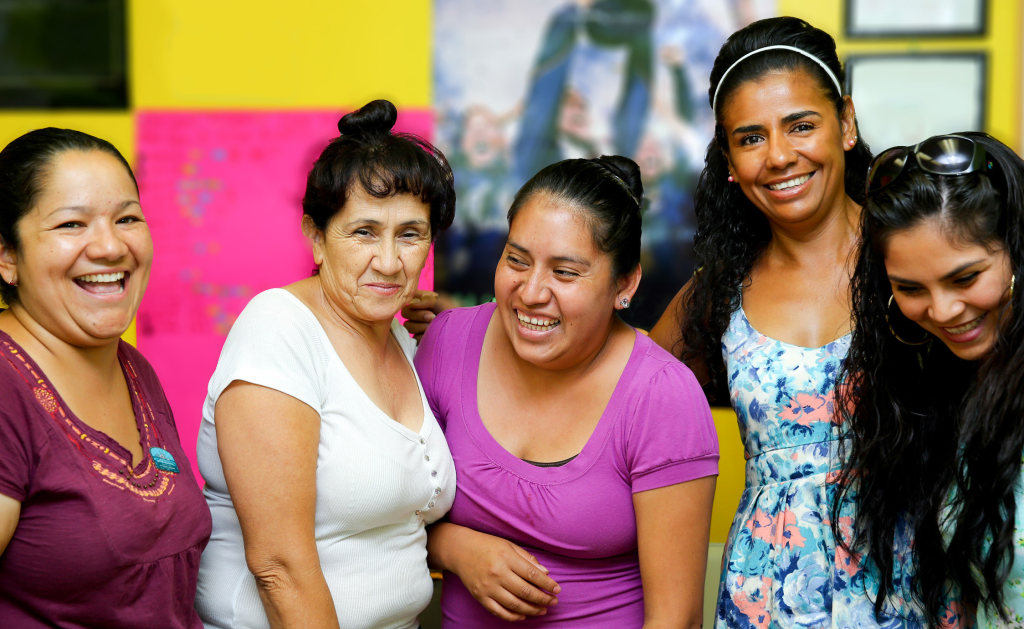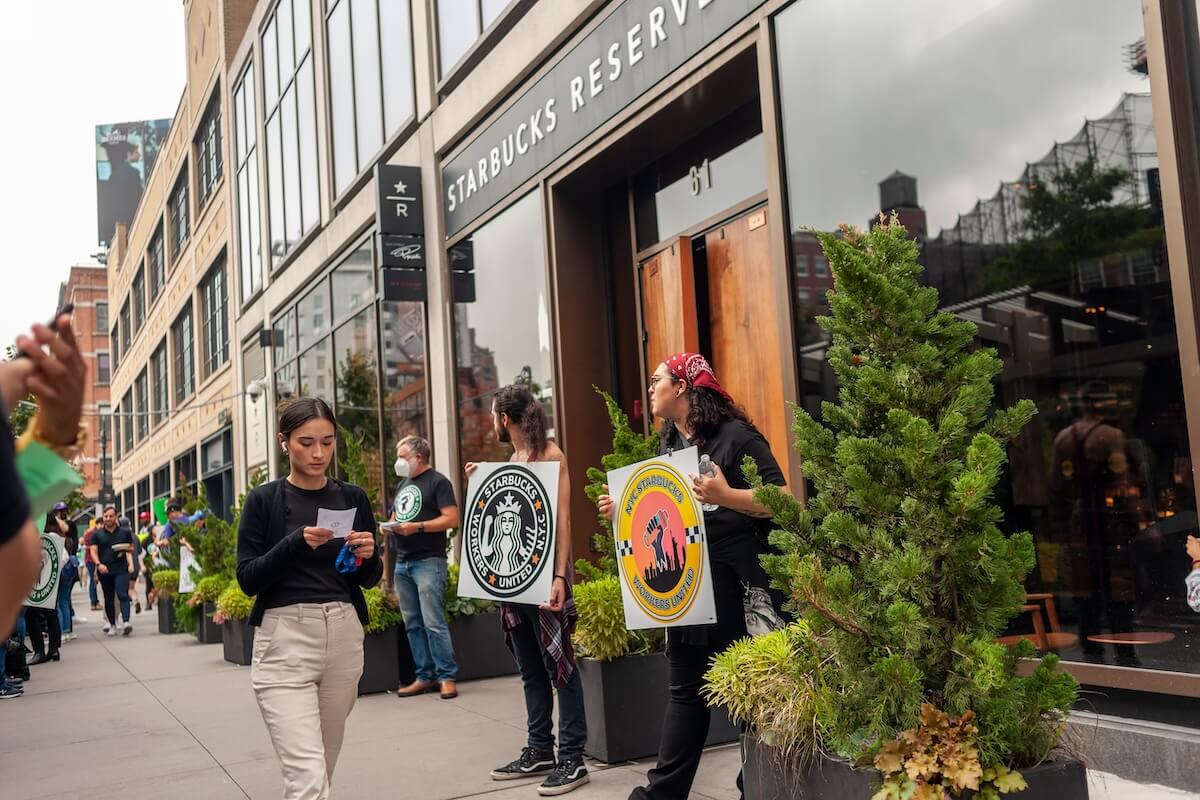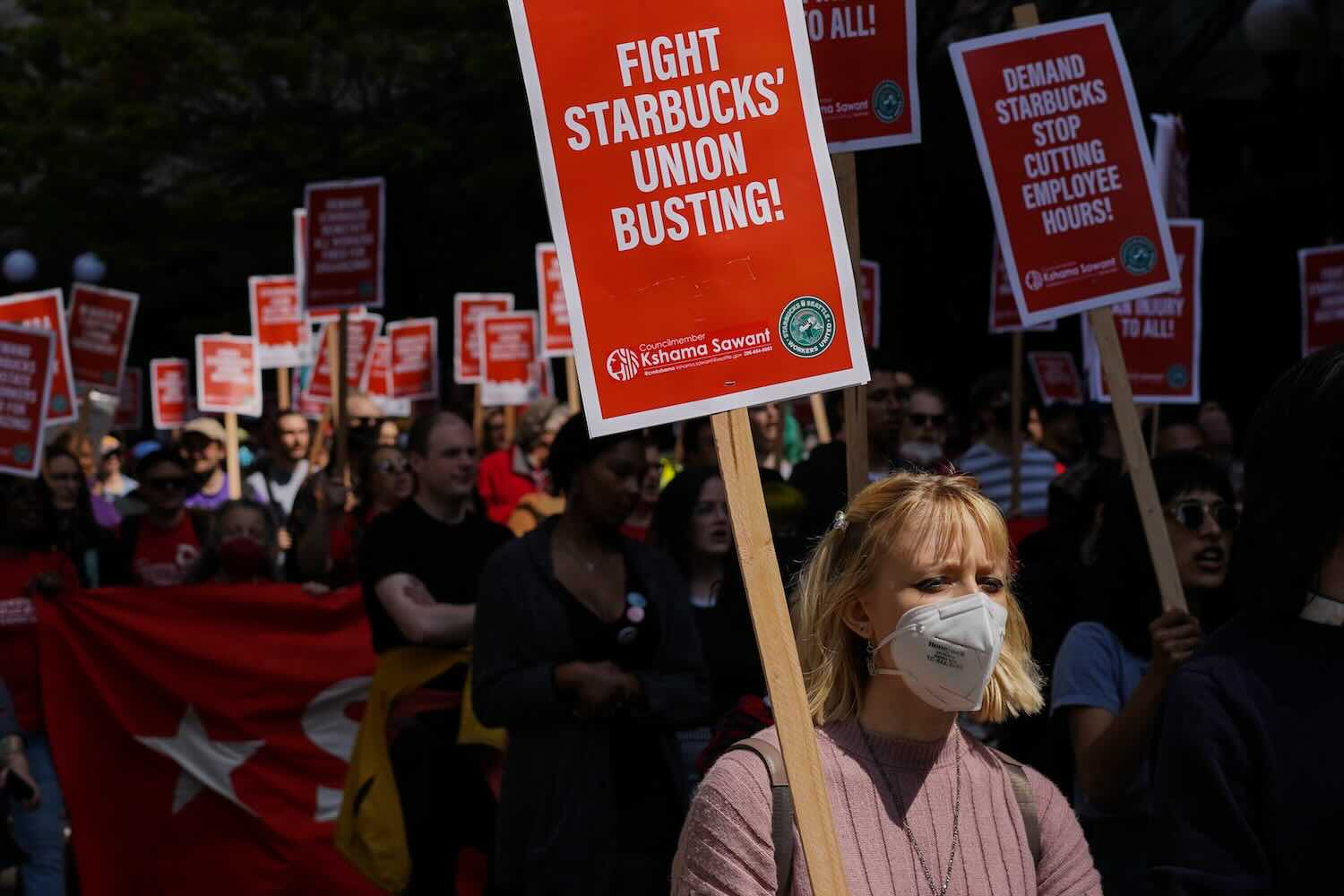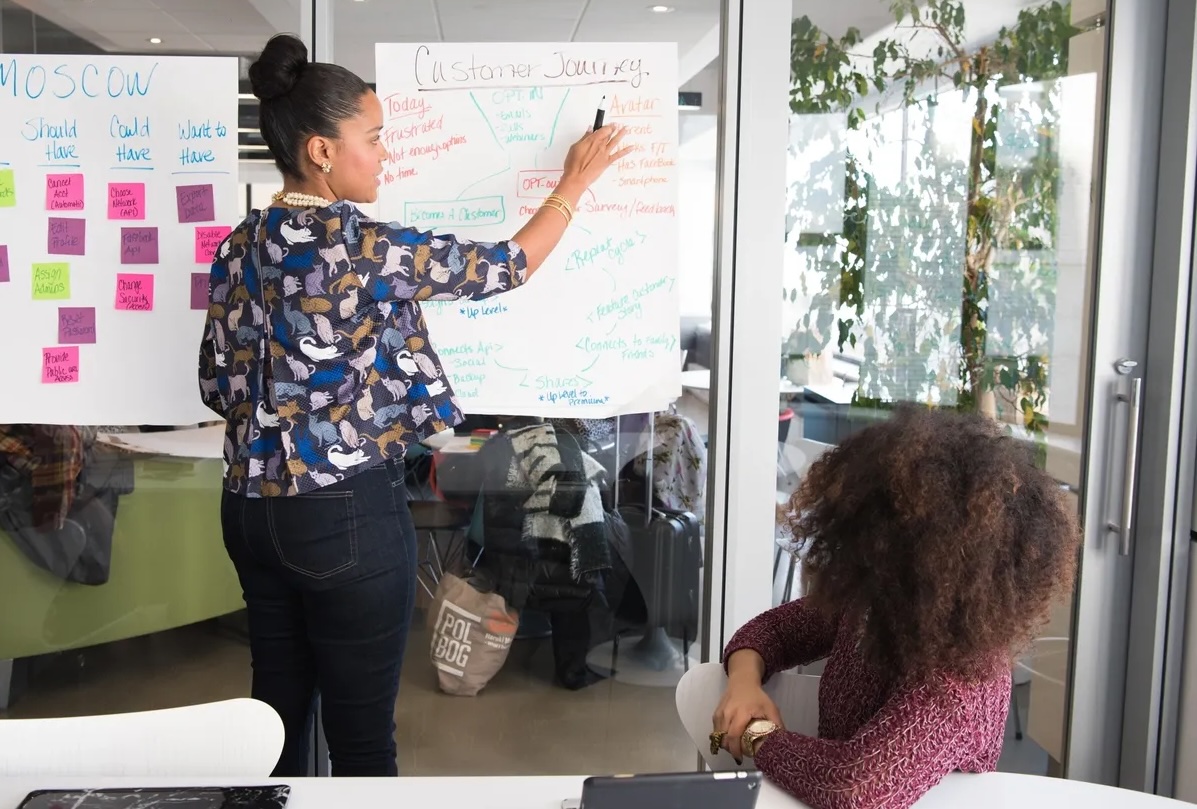ImpactAlpha, March 20 — It sounds like a story out of Peru or Cambodia: To improve her family’s livelihood, a woman decides to open a shop. But she lives in poverty, doesn’t own anything of real value and doesn’t have a bank account. No traditional financial institution will lend to her.
She learns about microcredit from a friend in her community. Not in Peru, but in New Jersey.
Grameen America, the U.S. affiliate of Muhammad Yunus’ Grameen Bank, has disbursed $1.08 billion since 2008 in short-term loans to 113,000 women in 14 U.S. cities, making it by far the largest nonprofit microlender in the U.S. A year ago, Grameen America raised an $11.5 million Social Business Fund to help finance its expansion. Investors included the foundation of billionaire investor Ray Dalio, founder of Bridgewater Associates, and other family and community foundations.
A repayment rate of 99%, along with a 20% first-loss guarantee, made the fund a low-risk, if low-return investment (the five-year vehicle returns just over 3%). Grameen America officials say the high repayment rates help individual branches become self-sustaining in about five years. Each $1 million invested allows Grameen to lend out $12 million.
As Grameen America raises its second Social Business Fund, it is setting out to demonstrate the social impact of such loans. The nonprofit research organization MDRC is working with Grameen America to determine the impact of the Grameen microcredit model on low-income women in the United States. Some of the study’s early findings are promising, including borrowers’ improved ability to obtain a credit score, and modest increases in their financial well-being and ability to buy necessities and run their own businesses.
“The formal capital system would assume them credit unworthy, but they really are some of the most credit worthy members of society,” Grameen America’s Andrea Jung told ImpactAlpha. “Lack of financial inclusion and entrepreneurial capital is not just an issue in emerging markets, it’s an issue right here in the richest country in the world.”
Fierce debate
The findings of the study are of more than academic interest. For more than 40 years, microcredit institutions have sought to use business loans, some as little as $50, to lift the world’s poor, primarily women, out of poverty. Whether such loans accomplish that goal has been a subject of much inquiry and fierce debate over the last decade. Stories of unscrupulous for-profit lenders charging interest rates at loan-shark levels and borrower suicides tarnished the image even of nonprofit microcredit lenders in the years since Yunus won the Nobel Peace Prize in 2006.
Overall, the multiple studies seem to indicate we should lower our expectations and see microcredit as a way of improving the lives of the poor rather than a solution to global poverty.
Microcredit in the U.S. is a tiny part of the global microfinance market of $40 billion. But it fills a clear capital gap. Women-owned businesses in the U.S. receive only 4% of commercial loans, according to a 2017 American Express report, and only 18% of loans guaranteed by the Small Business Administration.
Finding a willing lender is especially challenging for poor women. Traditional financial institutions sort borrowers based on their credit scores, collateral and time in business. If a hopeful entrepreneur has a low or non-existent credit score and lacks collateral, the doors slam shut.
“Income inequality, particularly as it relates to women not having access to capital, is as exaggerated here as many other parts of the world,” Jung says. Microcredit “is a very powerful, programmatic way to put capital into the hands of low-income women and their families.”
Social capital
Grameen America’s relationship-based model emphasizes financial literacy training and community support, prioritizing the “social capital” of women living at or below the U.S. poverty level.
A loan officer working in an under-privileged community seeks out a female entrepreneur to lead a group of borrowers. The group leader invites other women she trusts into the fold. These women run (or hope to run) businesses such as restaurants and food trucks, nail salons, bakeries, cleaning companies and shops of all types. Each member must go through five days of financial training to receive a loan and attend weekly group meetings to demonstrate her social capital and ongoing commitment to her business.
Grameen interest rate is 18% – low relative to other options. Calculated on the declining balance, the interest on a six-month, $1,000 loan comes to a total of $45.
“What traditional microcredit does is it believes your future can be different,” says Steve Wanta, co-founder and CEO of JUST Community, a nonprofit microlender in Austin, Tex., that uses Grameen’s social capital model. In the U.S., virtually everyone who lends money is doing some version of looking at your past.”
“This is why a group like Grameen America is so important,” he says. “There really aren’t a lot of options.”
The new study, “Microfinance in the United States: Early Impacts of the Grameen America Program,” will track the progress of 1,492 women in 300 loan groups to determine the impact of the Grameen America’s lending. The women applied in groups of five to Grameen America’s microlending program in Union City, N.J. Half of these applicant groups, chosen randomly, received loans. The other half—the control group—did not.
One of the most promising findings: A year after enrolling in the study, 78.3% of the borrowers had obtained a credit score, compared to 56.3% of the control group. Given that these scores play a key role in accessing other forms of capital, building a credit history could have a significant impact on a borrower’s future.
Other positive findings (after six months) include:
- Financial well-being. 94% of the women who received loans said their financial situation had improved from the previous year, compared to 81% of the control group.
- Necessities. 95% of the borrowers said they could afford to buy necessities, compared to 82% of the control group.
- Business success. Close to 96% of the borrowers reported operating their own businesses, compared to 84.5% of the control group.
“These solid results put Grameen America in an even stronger position to continue to expand the group microlending model on a national scale,” Dalio said in a statement. The researchers will analyze results at 18-months and 36-months. A five-year evaluation will look at a wider range of longer-term outcomes, including overall income and earnings.











